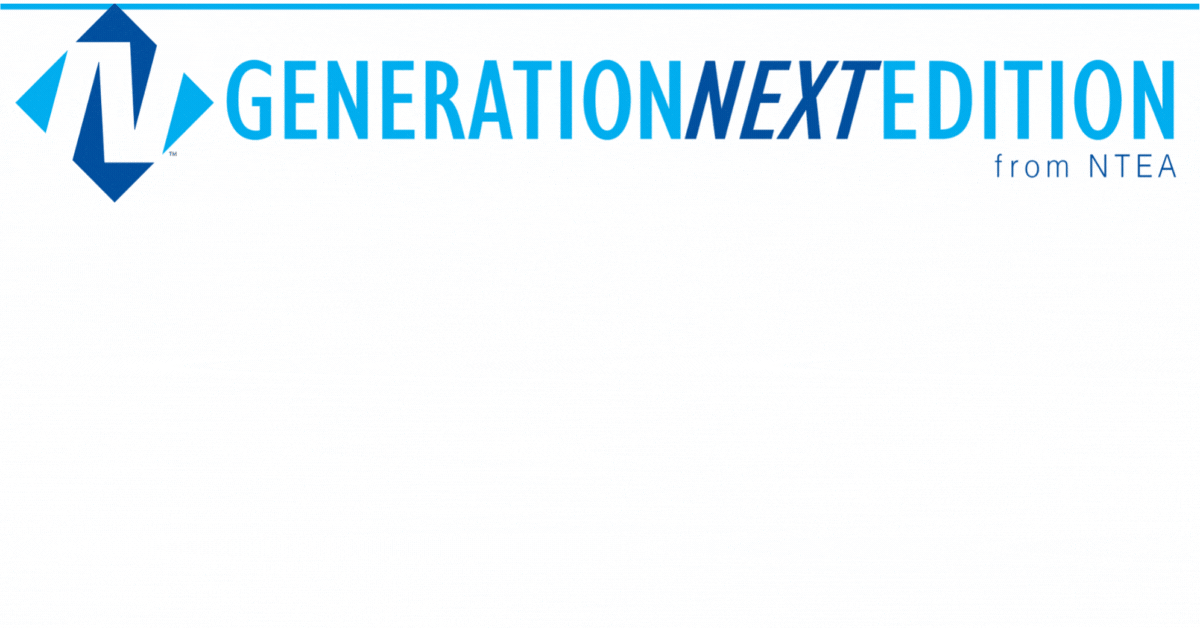
A checklist for candidate interviews
By Chris Prenkert (LinkedIn), Governor at Large, Generation Next
Have you ever been in the process of recruiting for a position and found yourself stumped on how to get the most out of the interviews? By nature, interviews present a condensed timeframe in which to gather an impression of how an individual might fit in a role and into your company’s culture. Over the last four to five years of my career, I have worked on not only staffing roles that needed to be filled, but also on building the bench for the longevity of our leadership. Here are some helpful strategies I’ve used over the years.
Hire the right fit
This sounds cliché, but this is often harder than it appears. Many candidates have amazing resumes and great experience for the areas in which we are recruiting. But we consider our company culture, and the candidate’s potential for alignment. For example, if your team values collaboration, then it won’t be the best solution to hire an independent task-oriented person – even if that candidate can knock any project you give them out of the park.
Explain your company’s culture, what it means to you personally, and how it is grown. This is subjective, but you can usually read if someone is engaged or apprehensive by their body language.
If the fit isn’t right, it will usually not end well for that person or the company.
Hire for the next level
This point depends on your ultimate goal. If your whole team is comprised of highly ambitious individuals who want to go to the next level, the atmosphere could become overly competitive. This may bring other counterproductive dynamics into the workplace.
As leaders, it is our responsibility to hire people who can not only assume our jobs one day, but also move to other areas of the company to get a broader perspective.
Ask the candidate about their ambitions. If they are a new hire, they may not know what is available to them – but it’s a good sign if they have goals beyond the role for which they are interviewing.
Develop objective criteria
I will admit, I am a numbers-driven individual, so this one might not work for everyone. One thing I found when interviewing candidates, especially for leadership roles, is that the experience is very diverse.
How can you compare multiple candidates who are all qualified but have such different backgrounds? Prior to interviewing, identify important criteria and add a weight to them.
I’m not advocating to hirie strictly off this chart, but if there is a toss-up between a few candidates, this can help provide some insight that can lead to a final decision.

Go with your gut
When you see a “unicorn” candidate who seems to check all the boxes, it can be easy to become blind to potential concerns. Making a hiring a decision based on an hour or two of conversation is difficult. But if something doesn’t feel right, don’t try to talk yourself into it.
This is a balance between analysis paralysis and shooting from the hip. Sometimes, this might mean going for a candidate with a little less experience if they feel like a better fit or a longer-term benefit to the company.
Get others Involved
Talk to your peers or your leaders and ask them for their support. My recommendation is to go through the first round, consolidate down to the top two or three candidates, then set up a second round of interviews with people who can bring different perspectives forward. If you are in operations, ask sales or finance to sit in. Or vice versa.
This allows for different interview questions as well as diverse inputs about the candidate.
- Learn more about Generation Next
- Join the Gen Next LinkedIn Group
- Join the Facebook page
- Board of Governors contacts
